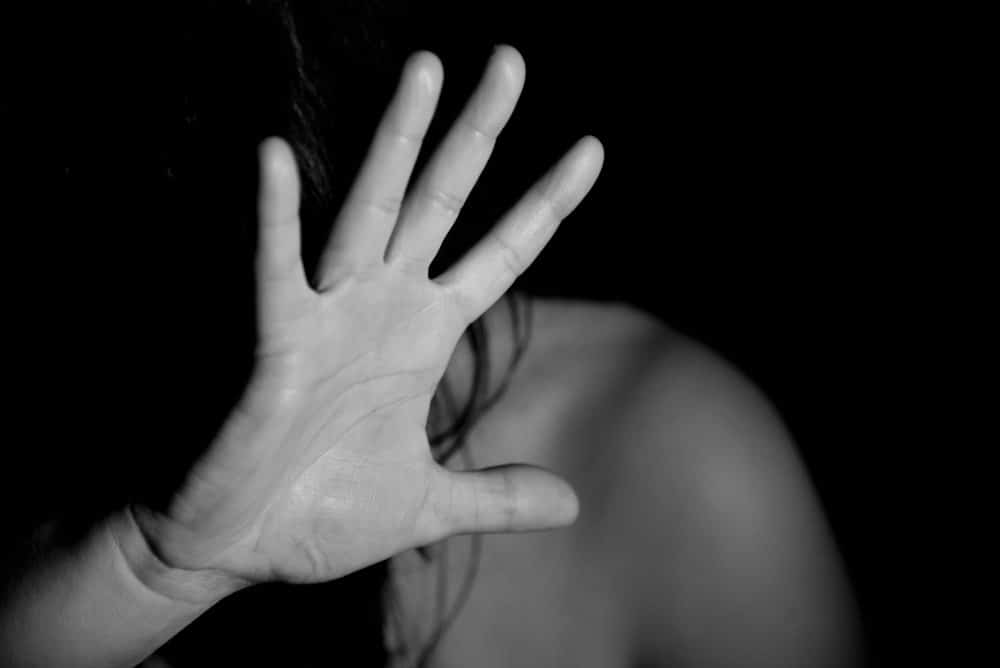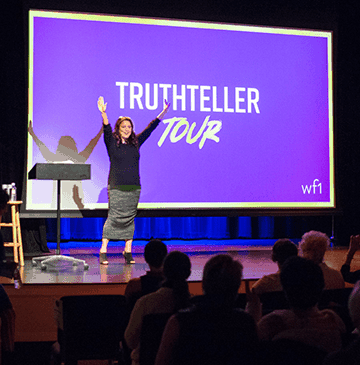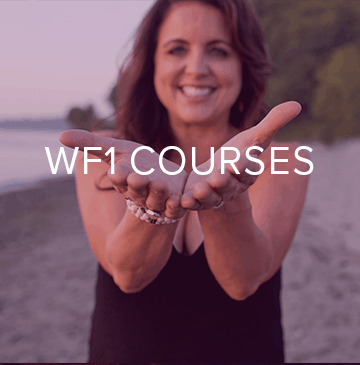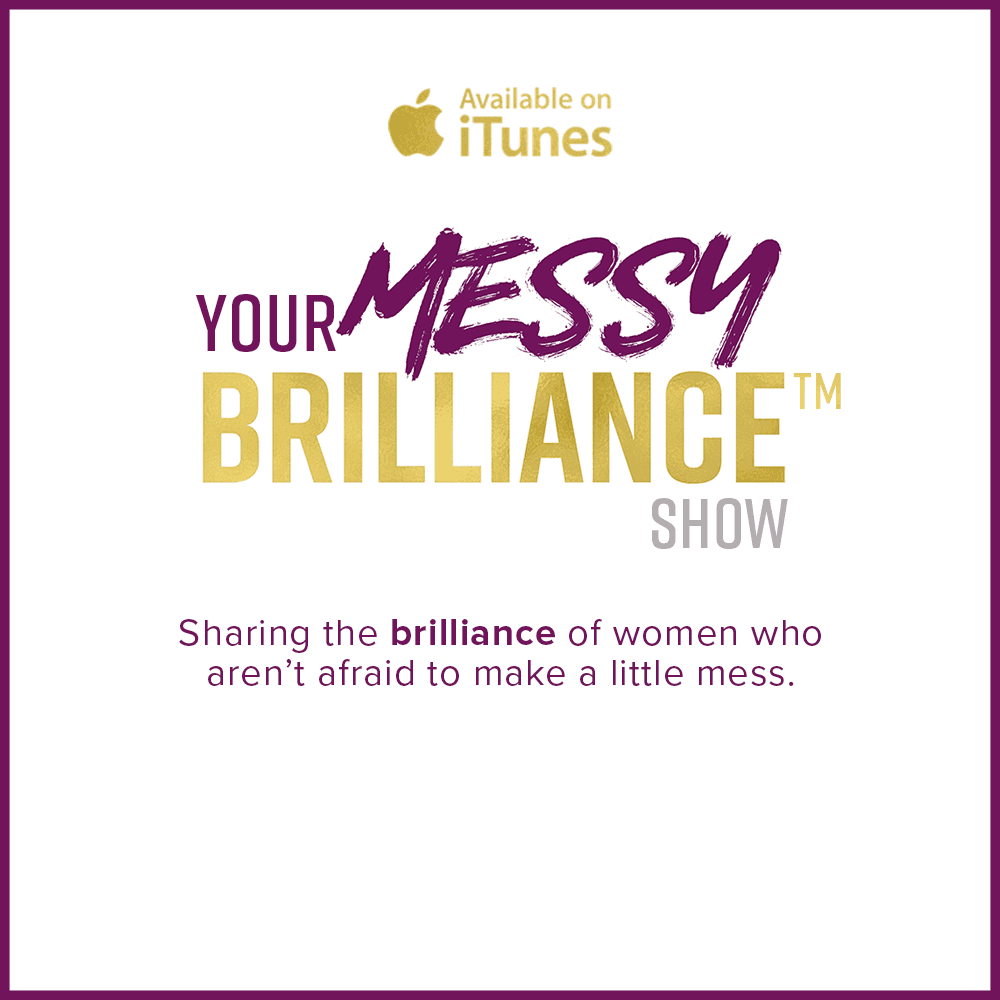
6 Things I Learned from Fighting Invisible Diseases
It started the year I got engaged. I didn’t see it coming, quite honestly. I was 23 years old and invincible—or so I thought.
My urine was the color of port wine. My skin was thin as paper, and there were blisters all over my hands and arms. Not just any blisters … blisters the size of pennies that felt like they contained acid when they burst.
There were seven months until my wedding, and I was not only losing skin when the blisters popped, but my hand and arms were scarring terribly. I later found out it was the beginning of a life-long battle with porphyria cutanea tarda and hereditary hemochromatosis. Pints of blood would be taken every week until my wedding so I could walk in the sun on the day of my ceremony and get married outside, by the water, near the historic old house.
This was just the first in a series of interesting diseases that would try to take me down. But they couldn’t. Not this girl.
Years later, I would be attacked by food. That looks hilarious in print; however, not so hilarious in the gut. Years of pain would happen, as well as bloating, weight gain, and fatigue like no one can imagine, IBS symptoms, joint issues as well as feelings of depression.
More doctors and more of my research helped me to discover that I had developed an autoimmune disease known as Hashimoto’s thyroiditis. But the pain did not end as I thought it would. Fast forward a few more years.
Fibromyalgia was the next diagnosis. At this point, I was fed up with life trying to take me down. I could barely move from the pain and exhaustion of just trying to survive.
What did I do?
1. Never give up. I know it’s easier said than done. After the initial shock, sadness and despair wears off, I always got mad. Mad was good. It meant I was ready to fight.
2. Make a plan. Do not sit back and wait for your doctors to call you. Research your options and formulate what needs to happen next, but don’t obsess over your diseases. Let it go after the plan is made, because the Internet does not know everything.
3. Keep your records. After 17 years of doctors’ appointments, I gave up waiting for them to call me back with my blood test results. I asked for copies to be sent to me, and then made sure I had a way to log on and check myself.
4. Get a support system in place. This is by far one of the most important steps you can do for yourself. These people are going to be your lifeline when things go dark. They help pull you back into the light, and believe me, you need this.
5. Never lose sight of who you are. This is especially important because you are going to want to shut down. Make a list of things you love to do and keep it in sight. It took me two years of pain before I came back to yoga, but it helped me tremendously remembering that I am not my pain.
I made many mistakes while walking down this path. Luckily, I had a friend reach out to me during that time and coax me back to yoga. Yoga was a balm to my soul that I had given up on for fear of pain.
At 39 years old, pain was not going to become my identity. I thought about where I wanted to see myself in 10 years, and it wasn’t in my pajamas on the couch under heating blankets sipping hot tea.
It didn’t happen overnight, but after a year of yoga, I became the version of me that was closer to who I was before pain tried to consume my life.
Two hundred hours later, I am proud to say that I am a Vinyasa-certified yoga teacher with no visible scars of the battle that was fought inside me. If I can do this, so can you. Surround yourself with what you are trying to become my friends, not what you are trying to get away from.











1 comment to "6 Things I Learned from Fighting Invisible Diseases"